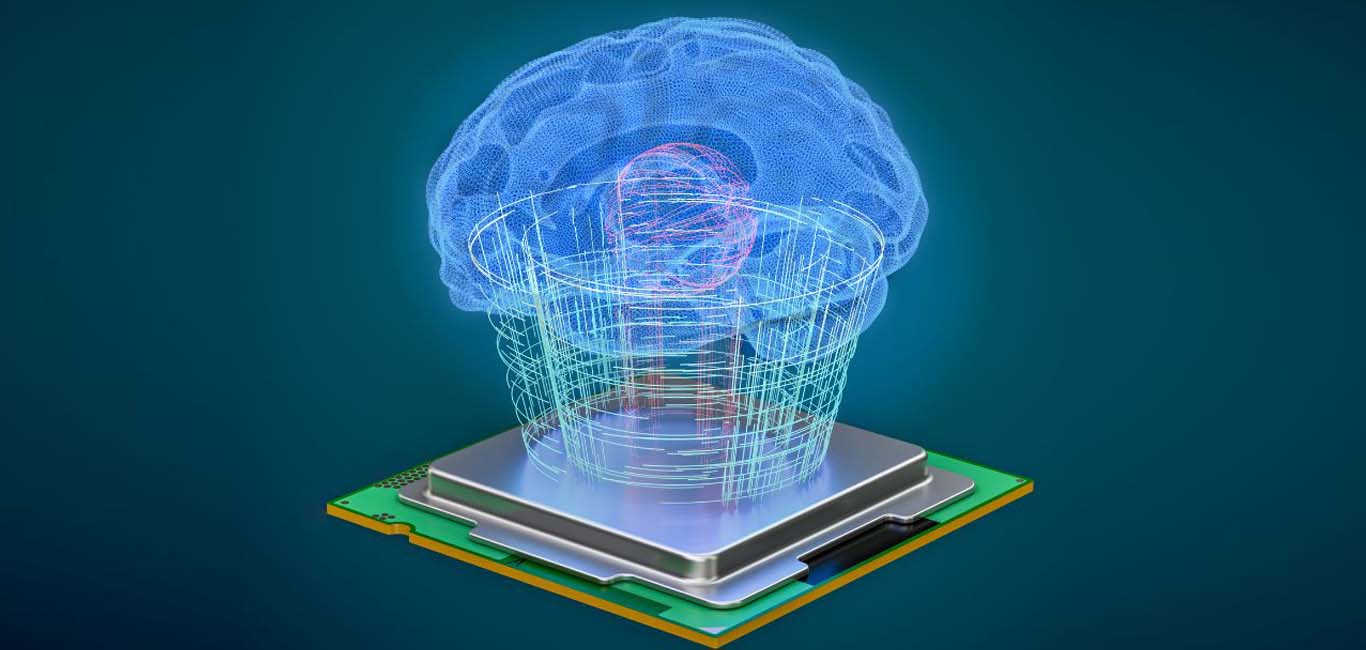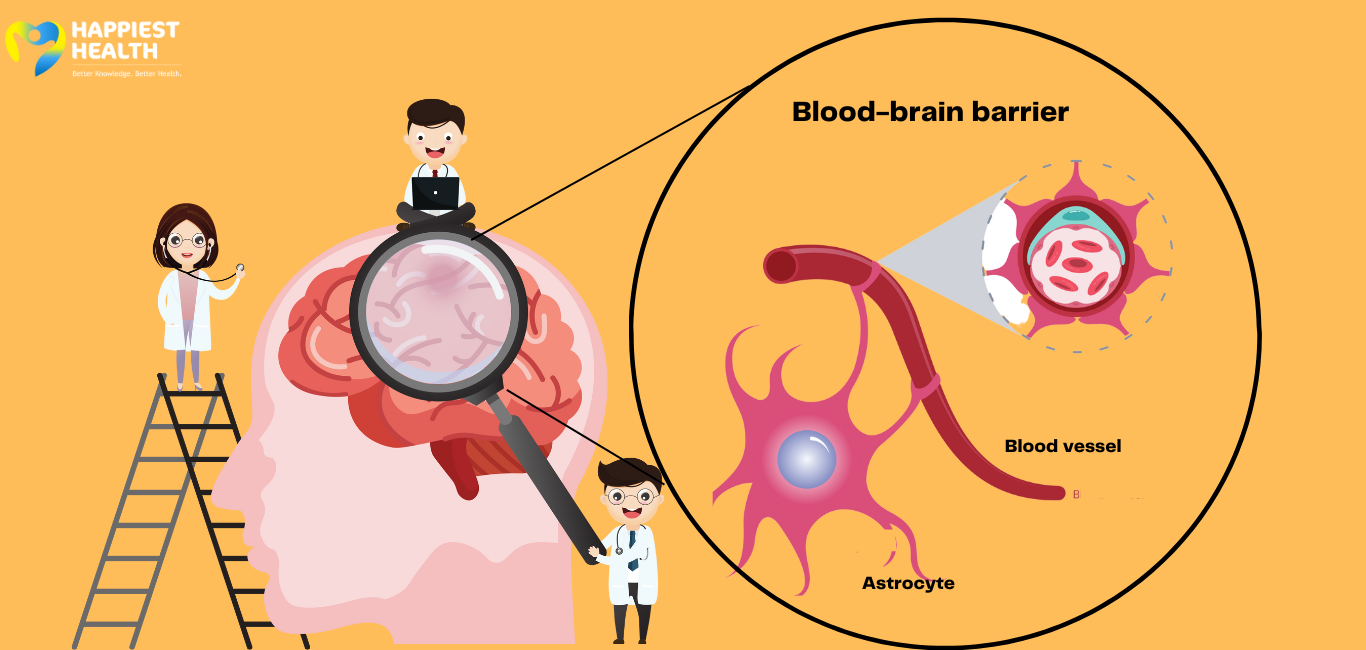
Many organs in the body have interconnected blood vessels to carry the essential nutrients and oxygen to them and flesh out toxins.
However, the blood vessels distributed around the central nervous system, including the brain and spinal cord, are slightly different in architecture and functionality. Though the brain is encased in a rigid skull and meninges – covering layers of three membranes for protection, its network of blood vessels and other specialised cells form a formidable and unique fortress – the blood-brain barrier (BBB).
Happiest Health spoke with Dr Keni Ravish Rajiv, a consultant neurologist and epileptologist at the Aster CMI, Bengaluru and Dr Parvathy S, a neurology resident at Kottayam Medical College, Kerala, to share insights about the blood-brain barrier and its nuanced functioning mechanisms.
What is the importance of the blood-brain barrier?
Dr Rajiv explains that the blood-brain barrier is a protective mechanism that shields the brain from various physical, mechanical, and chemical injuries. Dr Parvathy adds that this barrier acts like a wall that holds off the entry of toxins, infectious agents, and specific metabolites (chemical residues) from the body to preserve the integrity of the brain.
What is interesting to note is that the components of the BBB are visible under the microscope. Still, as an overall unit, it is not readily visible under standard imaging techniques, like MRI. Dr Rajiv states that parts of it are only visible under the MRI when there is damage by injury or infections to the barrier.
Read more: New technique could unlock secrets of blood-brain barrier
What is the BBB composed of?
The BBB comprises tightly packed endothelial cell junctions forming a physical barrier. Endothelial cells are the cells in the inner lining of the blood capillaries and lie very close to each other; the dense packaging regulates the passage of materials.
Advanced microscopic studies show that these tight junctions are surrounded by certain types of smooth muscle cells called pericytes and specialised brain cells called astrocytes over a base layer called basal lamina made up of proteins.
“To put it simply, the barrier is composed of certain cells of the brain, cells of the blood vessels and specific proteins,” explains Dr Rajiv. These extra cells further support the barrier and filter substances that can pass through this brain’s shield.

Where is the blood-brain barrier found?
“You cannot say [there is] a precise location for the blood-brain barrier as it is found all interspersed within the brain,” says Dr Rajiv. He adds that this barrier also appears as a covering all over the brain and at its base.
Dr Parvathy says that some sections of the brain like the hormone releasing pineal gland, posterior pituitary, and vomiting centres, are not covered by the blood-brain barrier.
What does the BBB allow to pass through?
The BBB allows the passage of glucose and other nutrients to energise the brain through a process called active diffusion.

It also allows certain transport chemicals like lipids and electrolytes like sodium, potassium, and chloride to pass through. Several studies have also found that carbon dioxide, oxygen, and volatile anaesthetics can cross the BBB.
Dr Rajiv says that hormones like the growth hormone that are crucial for the brain’s development can easily traverse the BBB. “Certain immune cells can also pass through the barrier, and the main purpose of these cells is to fight against infections,” he adds.
Due to the closely knit junctions, macromolecules like proteins and toxins cannot pass through the BBB.
Can the brain exist without the blood-brain barrier?
“The brain can exist without BBB, but it will just mean that the brain becomes more susceptible to trauma and infections,” says Dr Rajiv. He adds that without a blood-brain barrier, there would be a slew of complications like impaired electrolyte flow, altered signalling and dysregulated entry of immune cells, which could result in neurodegeneration.
Are there any disorders that specifically affect the blood-brain barrier?
Various infections, toxins, autoimmune conditions, and physical injuries can breach the BBB.
“All of these can affect the functioning of the brain and lead to complications,” Dr Rajiv says. In meningitis (infection of the meninges in the brain), there is inflammation where there is a release of certain immune chemicals called cytokines, adds Dr Parvathy. These cytokines loosen the tight junctions, allowing the bacteria to enter and affect the brain.
Moreover, research has also shown that BBB dysfunction appears in neurological disorders such as Alzheimer’s disease, amyotrophic lateral sclerosis, multiple sclerosis (MS), Parkinson’s disease, epilepsy, and stroke.
Editor’s note – This Infographic is third in a series of articles for World Brain Day (22 July)

















